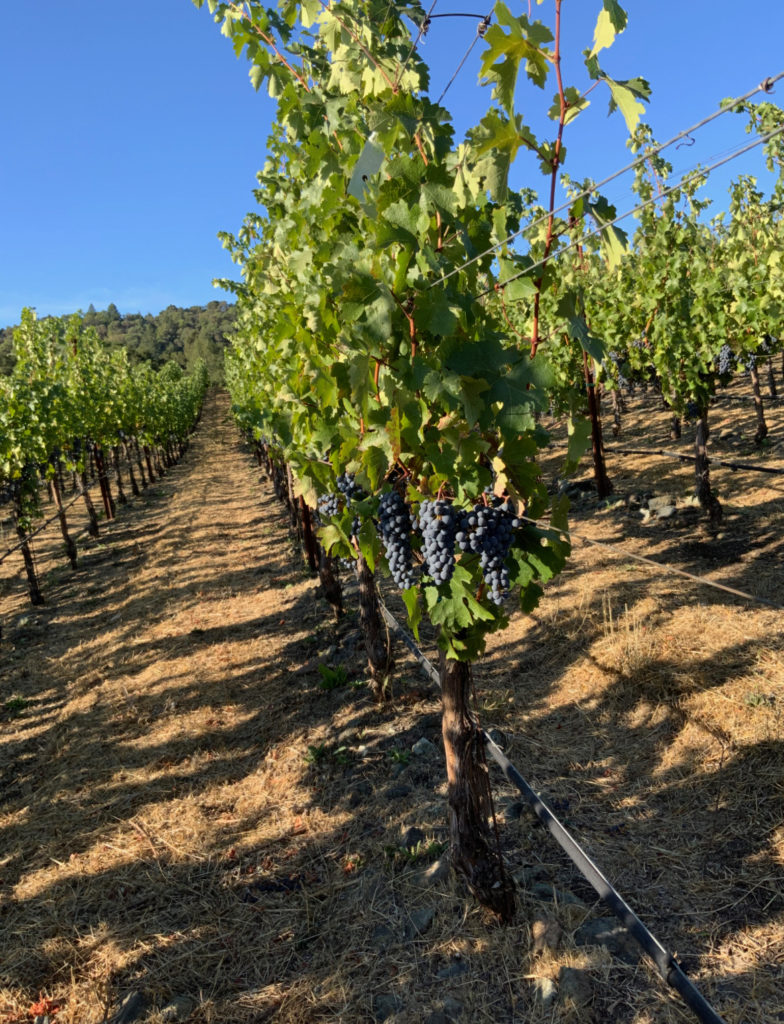National Cabernet Day: A Tour Of The Best Napa Appellations
National Cabernet Day is Thursday, September 2nd! In fact, this extraordinary varietal has been celebrated the Thursday before Labor Day for over a decade now. First created by northern California native and branding guru Rick Bakas, National Cabernet Day celebrates all things associated with this amazing varietal.
Based in the Napa Valley, Cultivar Wine and Caspar Estate are fortunate enough to be located in one of the most popular Cabernet growing regions in the world. Not only do our Estate vines produce exquisite Cabernet, the sub-appellations surrounding us bear some of the finest fruit available. This gives us the opportunity to release world-class Cabernets that best reflect their terroir, and really show off the differences in soil and climate.
So for this year’s National Cabernet Day, we thought it’d be fun to take a tour of the appellations where Cultivar and Caspar’s grapes are grown and sourced. Pour a glass of your favorite Cab, and let’s take a virtual journey through the heart of Napa Valley!
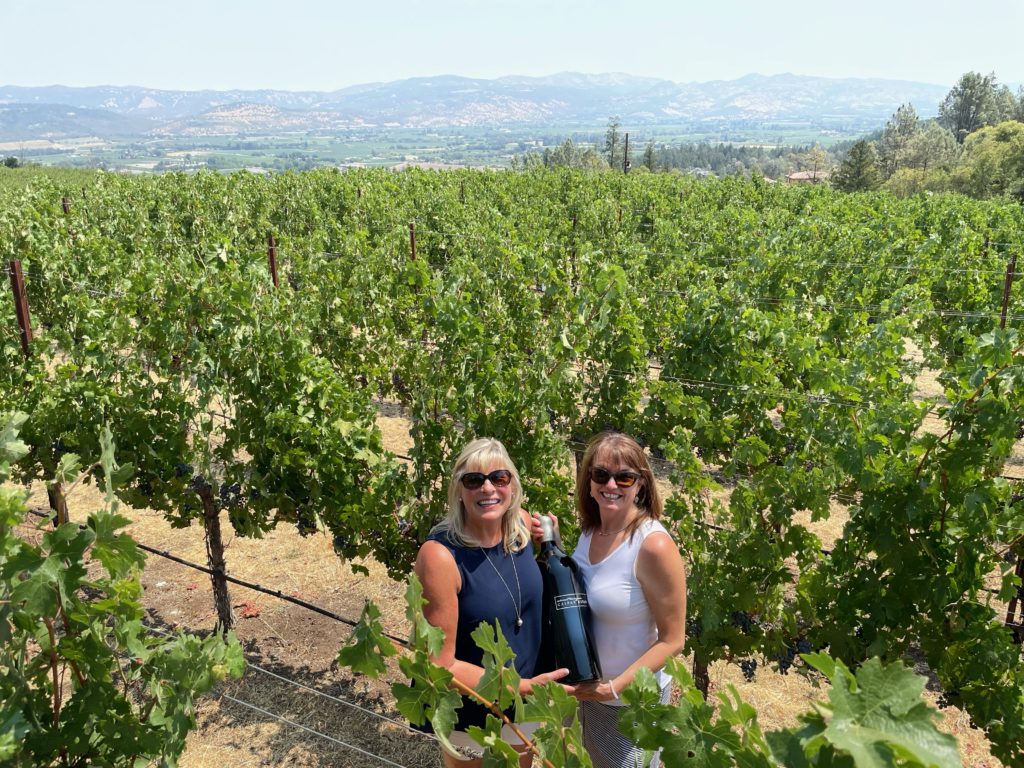
The Vineyards of Caspar Estate
Caspar Estate is our 13-acre vineyard located in the hills above the Rutherford appellation in Napa Valley. Planted 600 feet above the fog line with an exposure 20 degrees off north, the vineyard sees sun from early morning until late afternoon. This ensures even ripeness of the grapes. Furthermore, cool nights help to develop firm tannins and fresh acidity, creating remarkable structure and balance in our Cabernet Sauvignon. Our rocky serpentine soils benefit from a mineral deposit rich in iron and magnesium. This distinctive mineral deposit provides layers of complexity and flavor to wines unique to our site.
Caspar Estate Cabernet has been earning accolades since its first release. From 92 Point scores from James Suckling to national press coverage of our winemaker, Julien Fayard, Caspar Estate Cabernet has been a favorite of fans and critics alike. Recently, we bottled the 2019 Estate Cabernet Sauvignon and will be offering it exclusively to our Allocation Members this October. If you love aged Cabernet, the Allocation is your way to obtain Caspar Estate wine dating back to our first release in 2009.
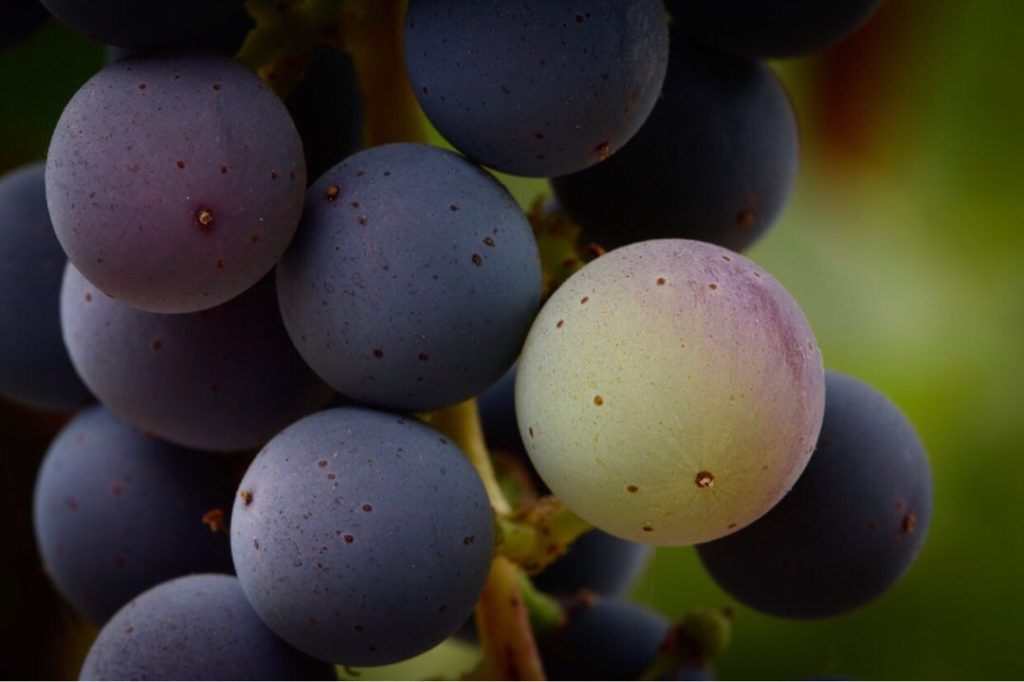
Cabernet Sauvignon grapes from the Caspar Estate Vineyard from 2019. Photo credit: Bob
Coombsville: A Perfect Cabernet Climate
Coombsville, the last appellation in Napa Valley to get its designation, is one of the most diverse AVAs in all the valley. A combination of both hillside and valley vineyards, the area has the unique combination of gravel soil, moderate temperatures, and a constant breeze off of San Pablo Bay.
We like to think of Coombsville as one of the “Goldilocks” AVAs of Napa Valley: not too hot, not too cold, but just right. The volcanic soil also hearkens to Cabernet’s Bordeaux roots, where dense, rocky soil help create both intensity and complexity of flavor. It’s also a combination of both valley floor and hillside vineyards, which allows for blending from different vineyard plots to create wines with character and balance.
We have sourced Cabernet Sauvignon from this acclaimed AVA twice now. First, back in 2012, which was arguably one of the top 3 vintages of the previous decade. More recently, we released our 2017 Cultivar Wine Cabernet Sauvignon, Coombsville Napa Valley. With only 150 cases available, it’s a small-lot release from a premiere vineyard property just off of Coombsville Road in the heart of the appellation. 18 months in barrel and another two years in the bottle have softened this wine up beautifully, making it light enough to sip on its own, yet bold enough to stand up to lamb stew or marinated tri-tip. Another five years in bottle will reveal even deeper complexity.
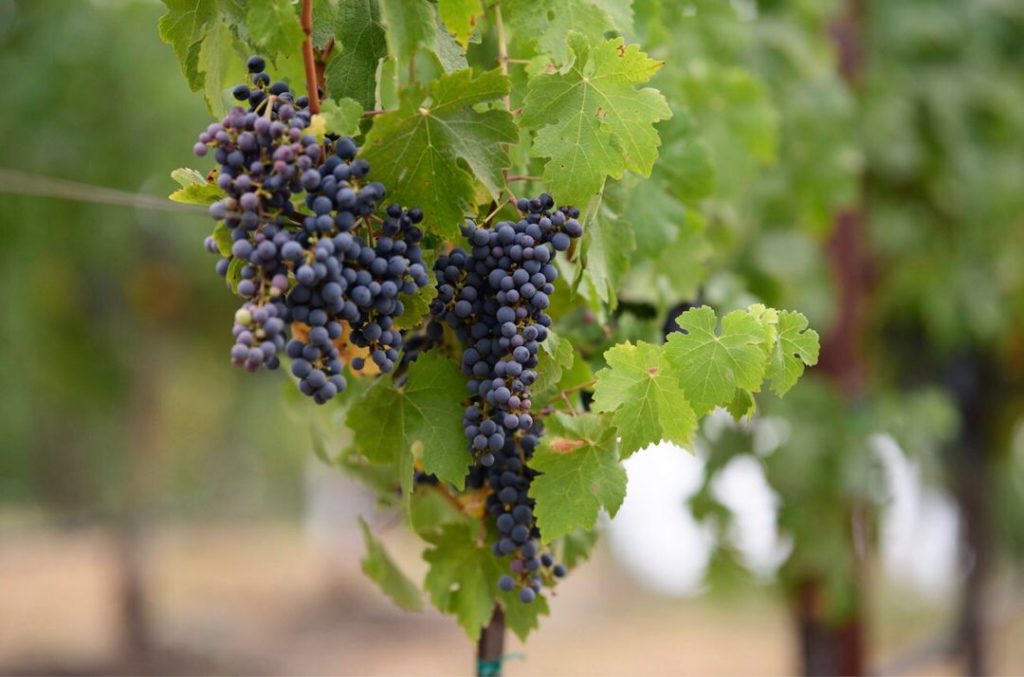
Every Day Is Cabernet Day In Oakville
Oakville is one of the most popular Cabernet growing regions in Napa Valley. Located directly in the center of Napa Valley. It covers a two-square-mile swath of the valley floor and then slopes up another 500 feet into Mayacamas bench and 1,000 feet up the Vaca Mountains to the east. It’s home to iconic vineyards like To-Kalon, and upscale wineries like Screaming Eagle and Opus One.
There are three types of soils that define the Oakville appellation. The breakdown of the various bedrock plates creates residual soils in the hills. Along the margins of the valley, distinct alluvial soils form on the fans, composed of material washed down from the adjoining hills during torrential rain events. Along the axial part of the valley where the Napa River flows are fluvial soils. This soil contains finer-grained loam coming from upstream locations and deposited from floodwaters.
It sounds like a lot of geography, but when it comes to Cabernet grapes, it’s absolute magic. That’s why we sourced fruit from this storied appellation for our 2018 Cultivar Wine Cabernet Sauvignon, Oakville, Napa Valley. Our fruit comes from a family-run vineyard located directly on the valley floor. They have a long legacy in Oakville and produce only 1,000 cases on their own. Lucky winemakers like us get the rest of the fruit. That said, we only got our hands on enough to make about 80 cases.
Our delicious Cabernet expresses both the characteristics of the 2018 Oakville vintage and the personality of its valley floor location. The dark purple color is surrounded by a gorgeous garnet ring, reflecting the 100% Cabernet fruit inside. Surprising yet delightful fragrances of earth, moss, mushroom, and bacon delight the nose. The flavor profile is signature Cabernet.
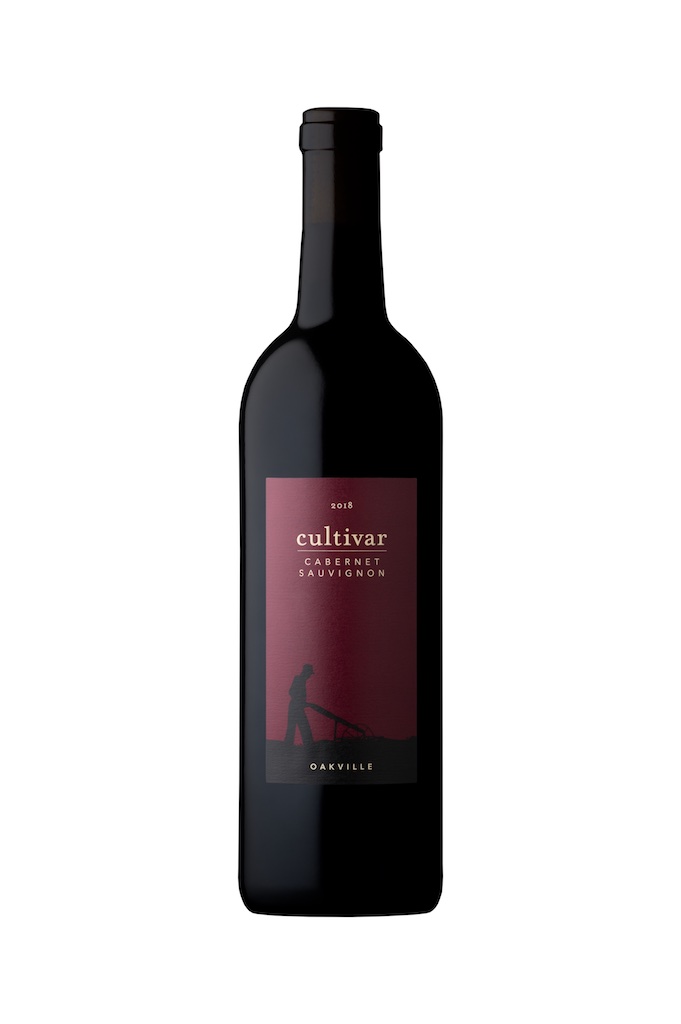
Cabernet Day On The Mountain At Leaky Lake Vineyard
Leaky Lake Cabernet Sauvignon is the only vineyard-designate Cabernet that Cultivar Wine produces. To reach the vineyard, it takes a long trip up a winding, mountain road—often with just one lane. Once there, you’re greeted by 3.5 acres of slopes, swales, and hills, all covered with gorgeous Cabernet Sauvignon fruit.
Cultivar Wine has been farming this land since 2007. That year, we replanted the vineyard with Cabernet Sauvignon from clone 191 and 337. These vines are known for good set along with small berry and cluster size. The clone is grafted to rootstock 101-14, which thrives in rocky conditions where water can be scarce. We have been using purely organic farming methods and techniques from the very beginning. The result is bold, powerful, and concentrated fruit, grown in a way that’s uniquely Cultivar. It’s the perfect fruit for Cabernet lovers who appreciate a sense of terroir and want to experience the development of a wine as it ages.
Cabernet’s Favorite Winemaker, Julien Fayard
To bring out the best in this fruit, we turned to our Caspar Estate and Cultivar Wine winemaker, Julien Fayard. “The cabernet we grow there is extraordinary,” Fayard says. “I say it rivals any of the mountain appellations in Napa—Howell Mountain or Diamond Peak—for boldness and character.” Fayard presses whole clusters of fruit for Cultivar’s Leaky Lake Cabernet Sauvignon. He then transfers to 100% French oak for at least 24 months before bottling. “Even then, it’s good to allow the wine to develop in the bottle for another two years. This brings out the aromatics,” Fayard says.
That’s why the 2016 Leaky Lake Cabernet Sauvignon is our latest vintage. The 2017 and 2018 are now in bottle, and we expect to release the 2017 later this year. If you haven’t purchased the 2016 yet, you may want to get some in your cellar before it’s gone. We only produce about 80 cases!
If you’re like us, you know that every day is a great day to celebrate Cabernet Sauvignon. If you’re looking for the perfect bottle to celebrate, check out our full selection of Cabernets at our online store.
